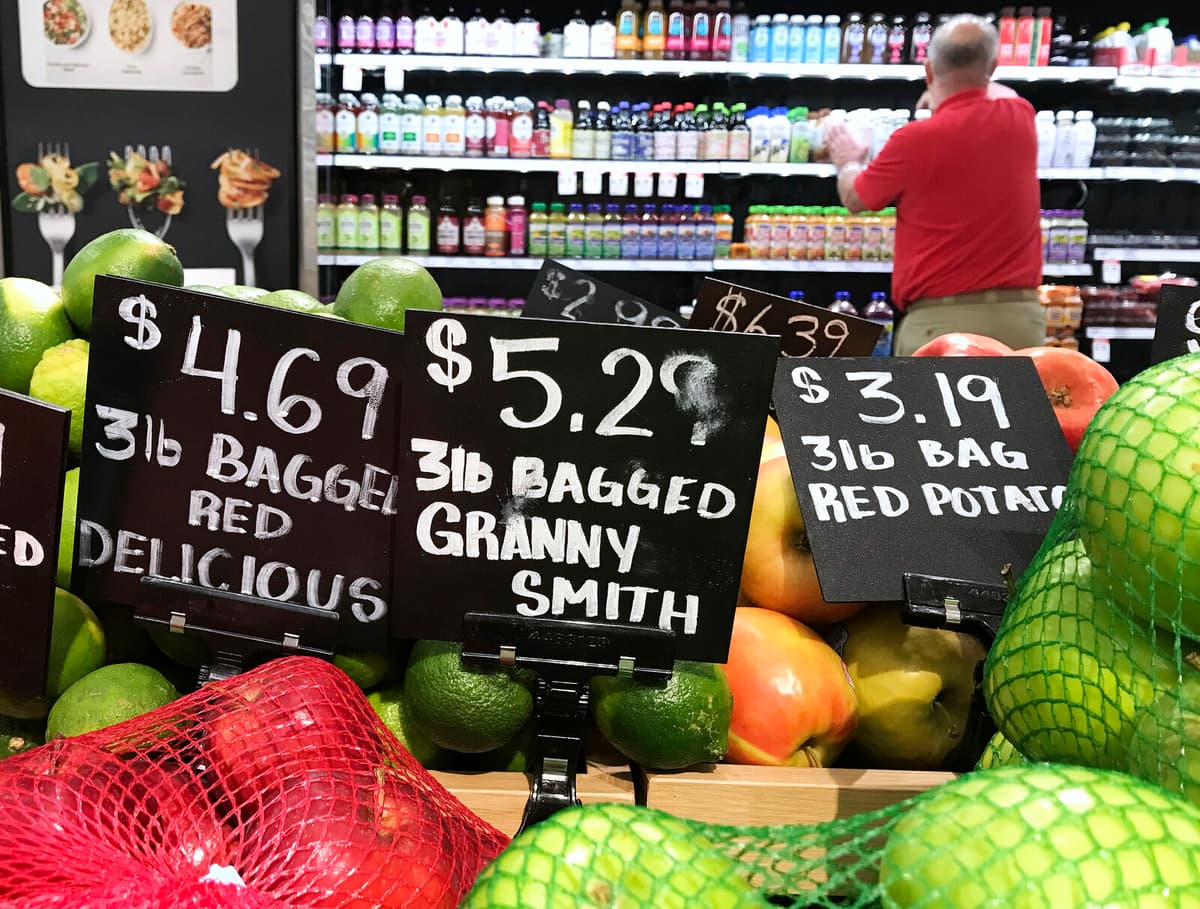Uncertainty surrounding the Trump administration's economic policy and the US growth prospects is beginning to show in American consumption patterns, a report shows. Consumption in the US decreased by 0.3 percent in May, according to the report – if adjusted for inflation.
More than expected
Prices are rising moderately at the same time, but somewhat more than expected. Price increases of 0.2 percent compared to the previous month – if you exclude food and energy – gave a core inflation according to the so-called PCE measure of 2.7 percent in May. This can be compared to an average forecast among analysts of 2.6 percent, according to a compilation of forecasts from Bloomberg.
In April, the PCE core inflation – where food and energy prices are not included – was 2.6 percent according to revised figures. An earlier calculation showed 2.5 percent.
If you include food and energy prices, the PCE inflation rose to 2.3, compared to 2.2 percent in April. The increase was in line with expectations.
Believe inflation will increase more
The PCE inflation is seen by the US central bank Federal Reserve (Fed) as the most important price increase measure when decisions on future interest rates are to be made.
In contrast to the more common CPI measure of inflation, which is based on a basket of goods, the PCE inflation is calculated on what is actually consumed. The Fed's inflation target is 2 percent.
Fed chief Jerome Powell said in hearings in Congress this week that he expects inflation to increase in the US in June-August as the Trump administration's tariffs take effect in pricing in American stores.





